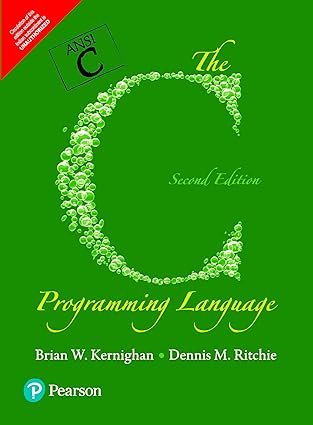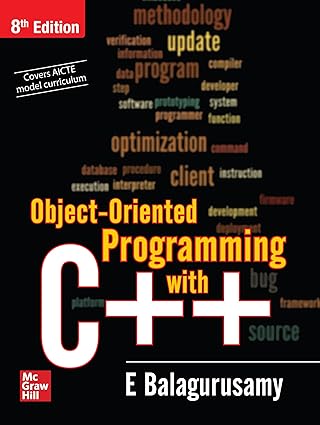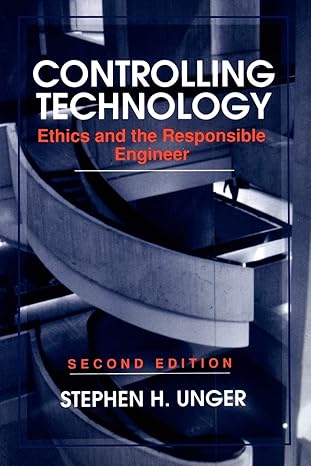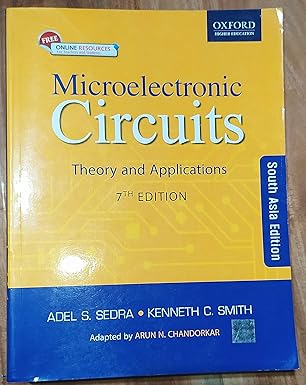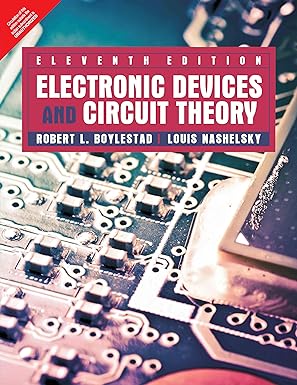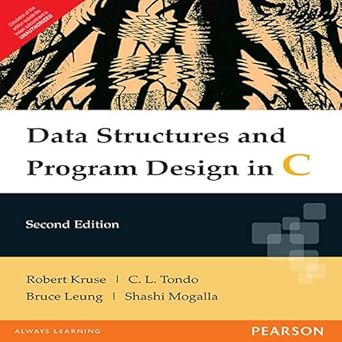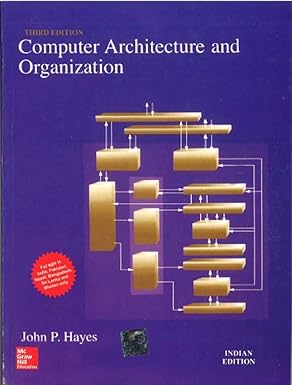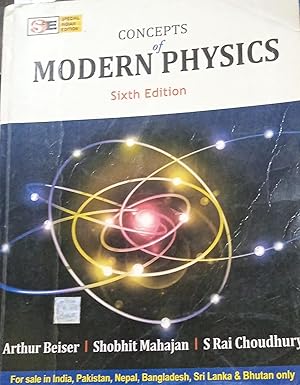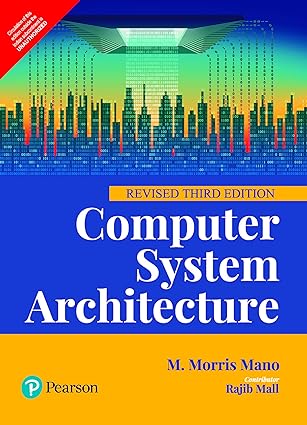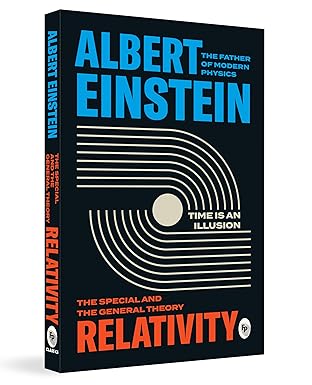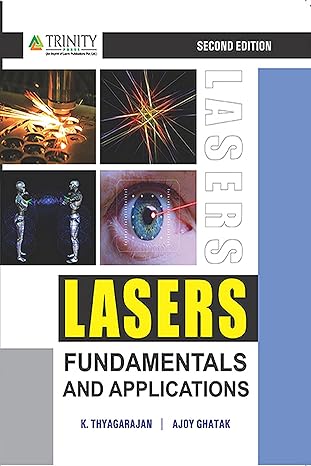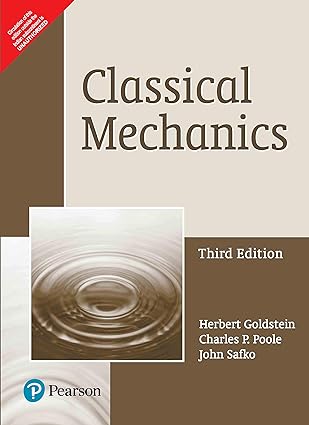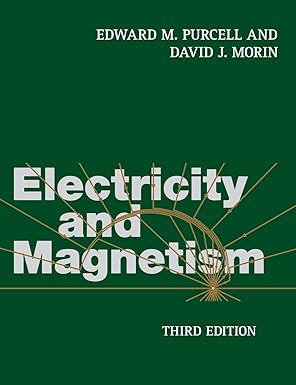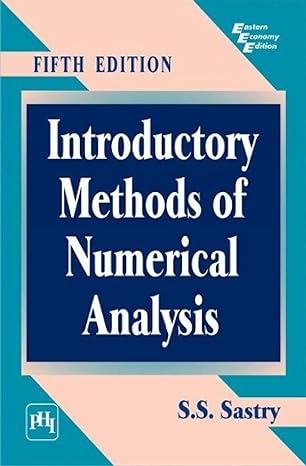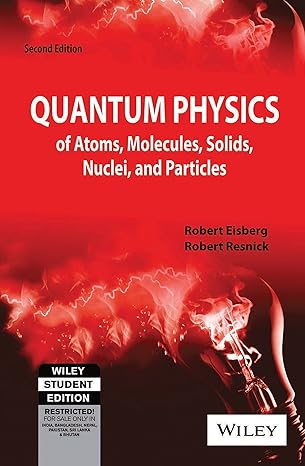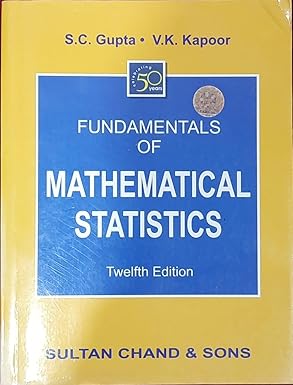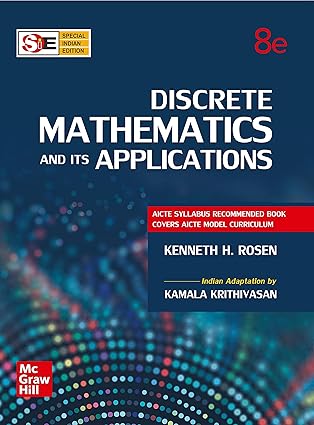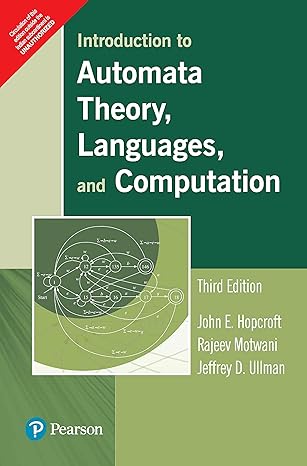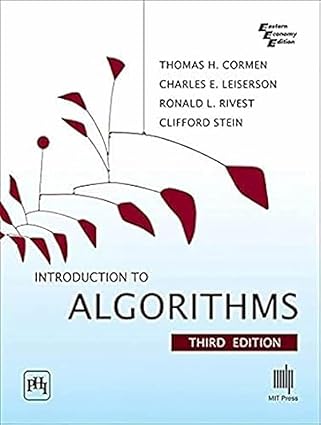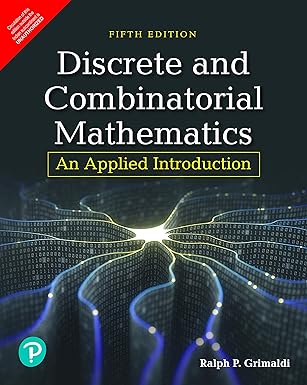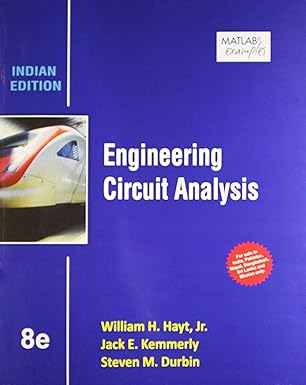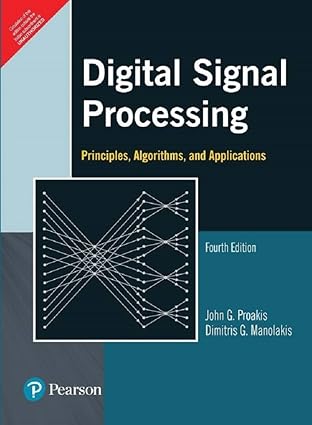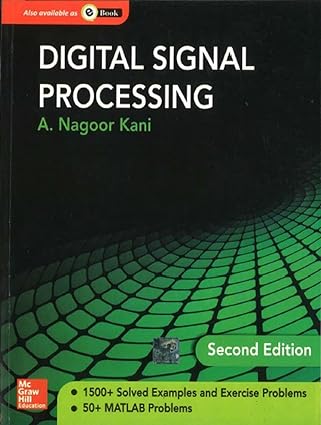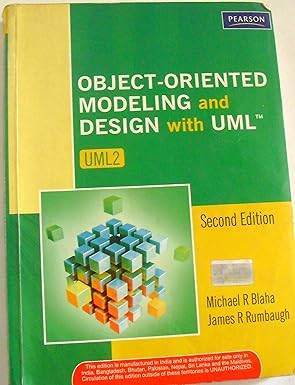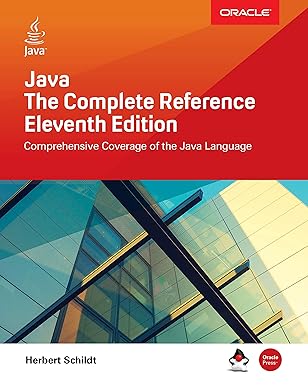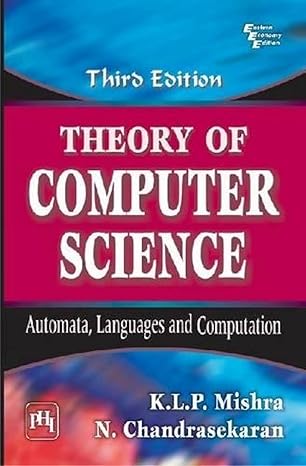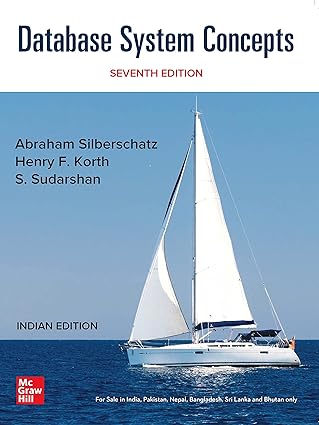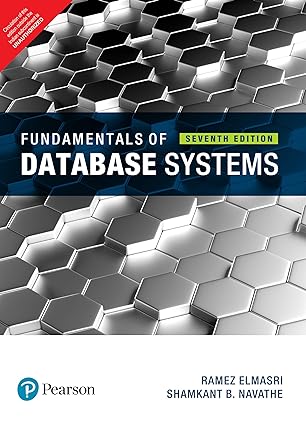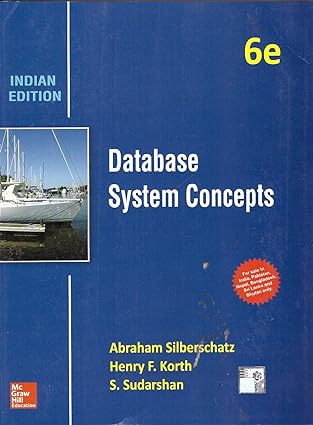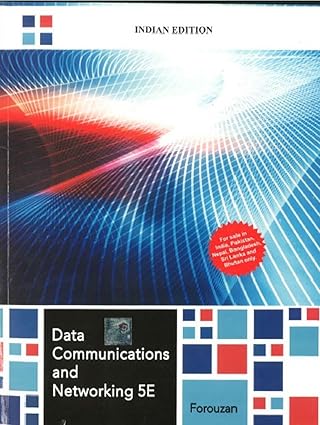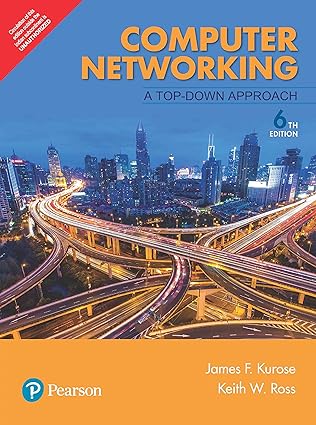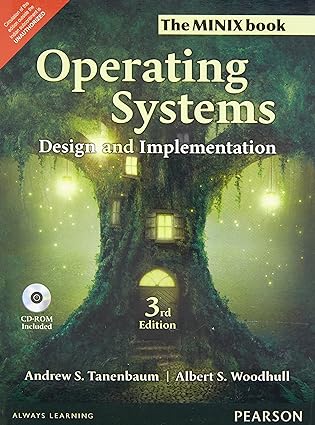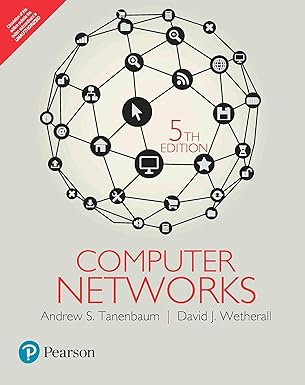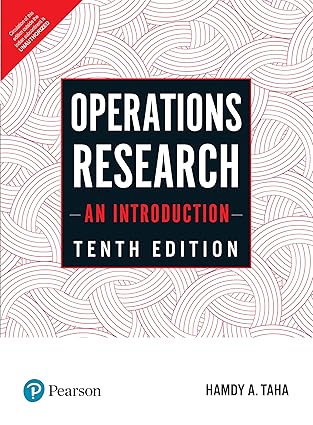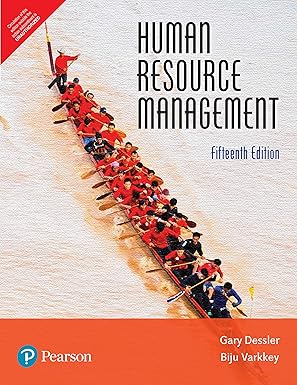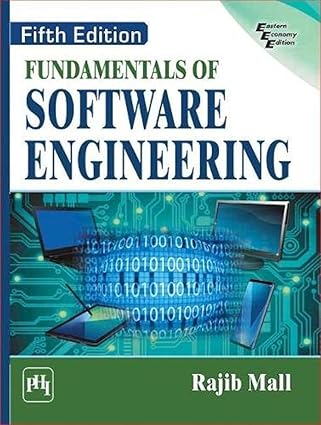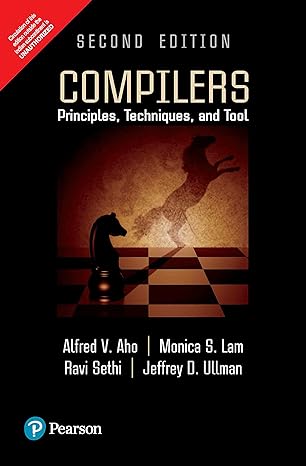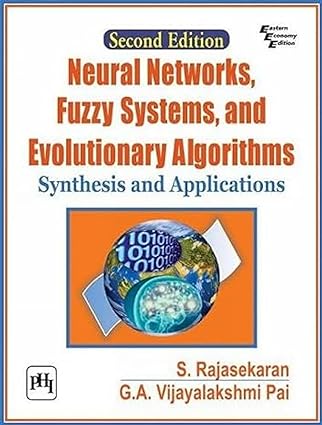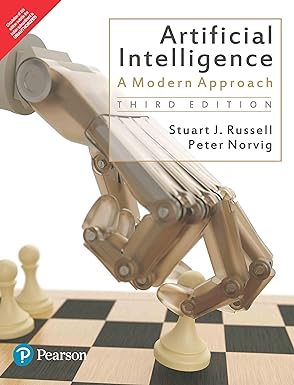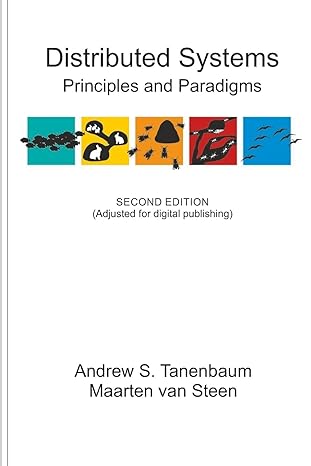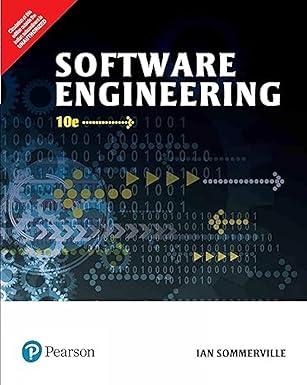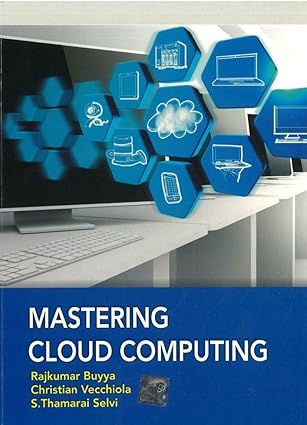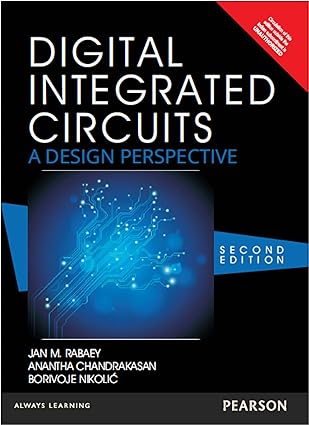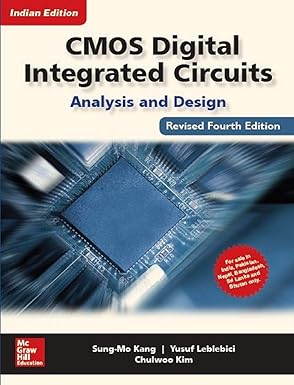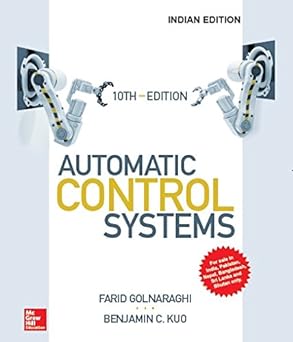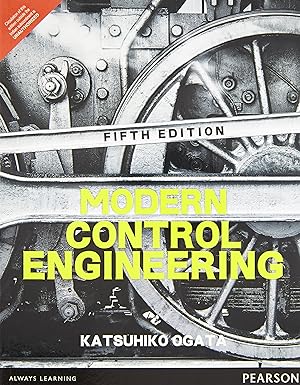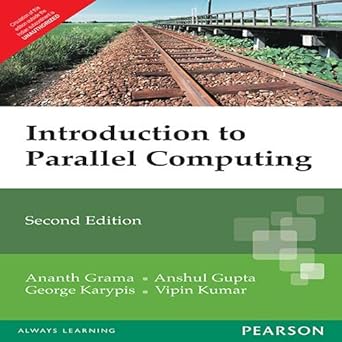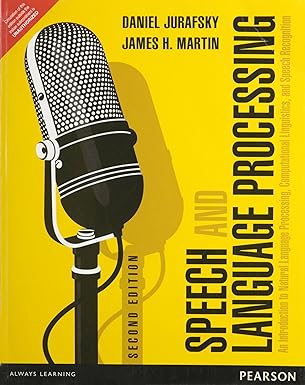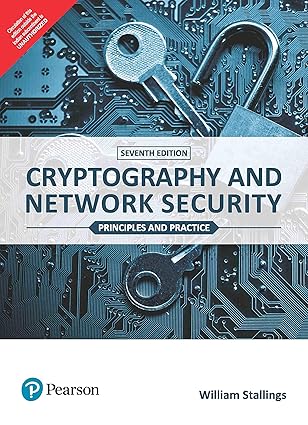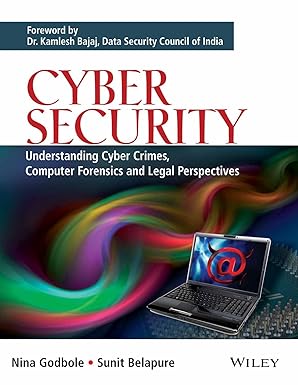Seanomos: Best cse books list teachers recommendation Computer Science Engineering students
The C Programming Language book 2 edition first Jan 2015 by Author Brian W. Kernighan and Author Dennis Ritchie
The 2nd Edition of The C Programming delves into the concepts of C programming as defined by the ANSI . It covers the basics of procedure-oriented programming and the essentials of writing C code. The book addresses functions and loops, providing novice programmers with the skills needed to write elementary code effectively.
Each concept is explained through tracing, real-time programs, and computerized outputs to validate code. It covers fundamental topics such as arrays, loops, assignment statements, operators, functions, file processing, and data structures.
Object Oriented Programming with C++ , Eight Edition, E.Balagurusamy : 24 Sep 2020 by Author E Balagurusamy
student learning and preparation. This edition includes questions based on learning outcomes to help students assess their understanding, along with objective-type questions and dry-run exercises to prepare for exams. A new appendix provides interview questions for those entering the industry. Aimed at undergraduate students, the book offers comprehensive coverage of object-oriented programming using C++.
Controlling Technology - Ethics & the Responsible Engineer 2edition : Ethics & the Responsible Engineer : 2 March 1994 by Author SH Unger
"Controlling Technology Ethics and the Responsible Engineer, Second Edition" is a comprehensive resource that delves into what defines ethical conduct for engineers. It thoroughly explores the different dilemmas engineers encounter and provides practical, effective guidance on how to navigate these challenges responsibly.
Environmental Chemistry MULTI COLOUR EDITION : first oct 2021 by Author Anil Kumar De and Author Arnab Kumar De
This book, now in its updated Tenth Multicolour Edition, offers a well-rounded approach to environmental chemistry and chemical analysis. It covers various aspects of environmental chemistry, including the latest concepts and developments, with a global and accessible perspective.
New features include coverage of pandemics in Epidemiology (Chap 9), Air Quality Index (Chap 10), Water Quality Index (Chap 12), and the impact on the environment (Chap 17). With these enhancements, the book is expected to gain increased popularity among BSc and MSc Chemistry and Biochemistry students, as well as educators. Scientists, engineers, and researchers will also find it a valuable reference.
Microelectronic Circuits: Theory And Applications 7Edition (Ia) :first June 2017 by Author Adel S. Sedra and Author Kenneth C. Smith and Author Arun N. Chandorkar
This adapted edition of "Microelectronic Circuits," International Seventh Edition, serves as a textbook for both undergraduate and postgraduate students in electrical and electronics engineering. Continuing the tradition of excellence and innovation established by Adel S. Sedra and Kenneth C. Smith, this textbook offers updated content to reflect advancements in IC technology.
ELECTRONIC DEVICES AND CIRCUIT THEORY, 11TH EDN : first jan 2015 by Author Boylestad / Nashelsky
The eleventh edition of Electronic Devices and Circuit Theory offers an in-depth and comprehensive study of the subject, addressing all the essential concepts students need to excel in their careers. For nearly 30 years, this textbook has set the benchmark in the field, offering precise content supported by effective teaching methods, making it ideal for newcomers to this dynamic area. It serves as an excellent reference for professionals working with electronic devices and circuitry, including electrical and technical engineers.
Data Structures and Program Design in C, 2edition : First jan 2006 by Author KRUSE
Targeted at Computer Science II and Data Structures courses in Computer Science departments, this book offers an introduction to data structures through the C programming language. It focuses on problem specification, program design, analysis, testing, verification, and correctness. Data Structures and Program Design in C integrates a thorough exploration of core concepts with their progressive development into fully functional programs.
Computer Architecture and Organization First July 2017 by Author John Hayes
The third edition of Computer Architecture and Organization offers a thorough update to its content, including case studies, worked examples, and problem sets, while maintaining its strong focus on fundamental principles. It addresses significant advances in computer technology from the past decade with expanded coverage of performance topics such as pipelines, caches, and RISC architectures. Additionally, the edition features numerous new examples and end-of-chapter problems.
Concepts of Modern Physics: Special Indian Edition Old Edition 17 July 2009 by Author Arthur Beiser
Concepts of Modern Physics: Special Indian Edition is a thorough and detailed text on modern physics, offering a balanced overview of essential concepts along with recent advancements and applications. Targeted at students with a basic background in calculus and fundamental physics, the book presents concepts in a progressive and logical sequence to prevent information overload. It covers topics such as nuclear transformations, cosmology, particle-wave duality, quantum mechanics, artificial radioactivity, the solid state, and nuclear reactions, among others.
Computer System Architecture Revised 3/edition 30 June 2017 by Author Mano M Morris
Pearson introduces the eagerly anticipated revised edition of its seminal work on Computer System Architecture by Morris Mano. This updated edition spans fifteen chapters, incorporating significant updates to reflect the latest advancements in the field. The initial eight chapters cover hardware design and computer organization, while the remaining seven chapters focus on the functional units of digital computers.
Enhanced pedagogical features help learners evaluate their grasp of key concepts. The revisions, reviewed and updated with input from leading faculty across the country, include new chapters on architecture and peripheral devices, additional sections on master-slave flip-flops, counters, code converters, and microprogramming, as well as discussions on Multibus organization, memory addressing, and technology.
Relativity: The Special & The General Theory by Albert Einstein - Physics and Astrophysics , Space & Time and General Relativity & Theory of Relativity , Scientific Explanation Albert Einstein Paperback : 15 June 2017 by Author Albert Einstein
Explore Albert Einstein's groundbreaking theories with Relativity: The Special and the General Theory. This seminal work offers a thorough examination of the concepts that transformed our comprehension of space, time, and gravity. Essential reading for science enthusiasts and those fascinated by the universe's mysteries, this book delves into the fundamental principles that have reshaped theoretical physics. It’s a thought-provoking addition to any collection, providing insights into the cosmos.
Optics, 5edition Paperback – 1 September 2019 by Author Eugene Hecht and Author A. R. Ganesan
The fifth edition of Optics is characterized by three key elements: updated content reflecting the latest technological advancements in optics, a contemporary approach including studies on photons, phases, and theory, and enhancements to the pedagogy from the previous edition, featuring over one hundred new worked examples.
Maintaining its leadership for over twenty years, this edition balances traditional methods with an early introduction to Fourier theory, essential for modern analysis. It includes electron and neutron diffraction patterns alongside standard photon images, with all illustrations meticulously reviewed and revised for clarity.
Lasers- Fundamentals and Applications : 1 Jan 2019 by Author Ajoy Ghatak K.Thyagarajan
Lasers: Fundamentals and Applications is an essential textbook for undergraduate and graduate courses on lasers and their uses.The book covers critical applications leveraging laser properties and includes Nobel lectures to provide historical context. Topics covered in detail include laser rate equations, semi-classical theory, quantization of the electromagnetic field, coherent and squeezed states, optical resonators, fiber and semiconductor lasers, optical parametric oscillators, light wave communications, and laser applications in science and industry.
Classical Mechanics, 3edition – 1 jan 2011 by Author Herbert Goldstein
For 30 years, this foundational text has been the recognized standard in classical mechanics courses. Classical Mechanics helps students bridge classical and modern physics, an essential aspect of a physicist's education. The authors have updated the content, applications, and notation to align with current physics curricula and highlight the growing importance of nonlinearities in classical mechanics. New numerical exercises are included to develop students' skills in using computer techniques for solving physics problems. Mathematical methods are explained in detail, making the text accessible even to those without prior intermediate coursework in classical mechanics.
Electricity and Magnetism : 21 Jan 2013 by Author Edward M. Purcell Author David J. Morin
For 50 years, Edward M. Purcell's acclaimed textbook has functioned as a foundational guide to electricity and magnetism.. The third edition has been updated to use SI units and includes numerous new examples, problems, and illustrations, as well as discussions of real-world applications. It covers all essential introductory topics, including electrostatics, magnetism, circuits, electromagnetic waves, and electric and magnetic fields in matter. Adopting a nontraditional approach, the text presents magnetism as a relativistic effect. Mathematical concepts are introduced alongside the relevant physics topics, clarifying their motivations.
INTRODUCTORY METHODS OF NUMERICAL ANALYSIS, 5TH EDN : First Jan 2012 by Author Sastry S.S
This extensively revised and updated fifth edition offers a thorough introduction to the fundamentals of numerical methods used in scientific and technological applications, focusing on teaching students these methods and developing their problem-solving skills. While retaining key features from previous editions, such as references to MATLAB, IMSL, Numerical Recipes, and program libraries for implementing numerical methods, this edition includes a new chapter on spline functions due to their growing significance in applications.
Aimed at undergraduate students across all engineering disciplines, the text features additional modified examples and problems in each chapter, provides answers to all end-of-chapter exercises, and illustrates algorithms, computational steps, or flowcharts for many numerical methods.
Quantum Physics of Atoms, Molecules, Solids, Nuclei & Particles, 2edition 1 Jan 2006 by Author Robert Eisberg and Author Robert Resnick
This updated version of a well-regarded junior/senior level textbook offers a clear introduction to elementary quantum mechanics, detailing the properties of key quantum systems. The book focuses on theoretical applications and includes new content on particle physics, electron-positron annihilation in solids, and the Mössbauer effect. It also features new appendices covering topics such as crystallography, the Fourier integral description of a wave group, and time-independent perturbation theory.
Fundamentals of Mathematical Statistics book :10 Sep 2020 by Author S. C. Gupta and Author V. K. Kapoor
Suitable for numerical problems in competitions, but not recommended for conceptual understanding. For better comprehension of topics, refer to texts by foreign authors.
Discrete Mathematics and Its Applications (SIE) Eight Edition : 30 July 2021 by Author KENNETH H. ROSEN and AuthorDR. KAMALA KRITHIVASAN
Discrete Mathematics & Its Applications, eight edition by author Kenneth H. Rosen, with its Indian adaptation by Kamala Krithivasan, is designed for students in computer science engineering, information technology, and mathematics. The revised Indian edition, spanning 13 chapters, offers a thorough exploration of the subject to facilitate effective understanding of key concepts. It covers essential mathematical concepts and their applications, with a focus on enhancing students' logical reasoning and problem-solving skills.
Introduction to Automata Theory, Languages, & Computation, 3edition First Jan 2008 by Author Hopcroft
This renowned textbook on formal languages, automata theory, and computational complexity has been revised to present theoretical concepts clearly and succinctly, with an emphasis on practical applications. The latest edition features Gradiance, an advanced online assessment tool specifically designed for computer science. Gradiance represents the pinnacle of online assessment technology in the field, transforming routine homework and programming exercises into an interactive learning process.
Introduction to Algorithms by Author Thomas H. Cormen and AuthorCharles E. Leiserson and Author Ronald L. Rivest and Author Clifford Stein Eastern Economy Edition 2 Feb 2010
This widely acclaimed textbook provides a detailed introduction to contemporary computer algorithms. It delves deeply into a wide array of algorithms while making their design and analysis accessible to readers at all levels. Each chapter is relatively independent, covering an algorithm, design technique, application area, or related topic. The algorithms are presented in a way that is understandable for those with basic programming knowledge, maintaining simplicity without compromising depth or mathematical precision.
Discrete and Combinatorial Mathematics , 5edition 8 May 2019 by Author Ralph P. Grimaldi
This fifth edition continues to enhance the features that have established it as a leading text. It offers a flexible structure, allowing instructors to tailor the content to their specific courses. The book remains comprehensive and precise, with a sustained focus on algorithms and applications. It includes excellent exercise sets to help students refine their skills through practice. This edition features numerous computer science applications, making it ideal for preparing students for advanced study.
Engineering Circuit Analysis Eight Edition 4 Aug 2013 by Author William H. Hayt and Author Jack Kemmerly and Author Steven M. Durbin
"Engineering Circuit Analysis" is tailored for engineering students, offering a comprehensive understanding of linear electrical circuits from a practical engineering viewpoint. This edition features 19 chapters designed to enhance systematic problem-solving skills. It allows students to use computer-aided analysis to validate manual calculations and address open-ended problems.
Digital Signal Processing, 4edition 1 Jan 2007 by Author John G. Proakis and Author Dimitris G. Manolakis
Digital signal processing book 4th edition explores the basics of systems and discrete-time signals & contemporary digital signal processing. It is ideal for students in electrical engineering, computer engineering, and computer science, making it suitable for both undergraduate and graduate courses. The book offers a well-rounded presentation of theoretical concepts and practical applications.
Digital Signal Processing : 2nd Edition : First July 2017 by Author A. Nagoor Kani
"Digital Signal Processing" by A. Nagoor Kani has been designed with student needs in mind. Given the highly mathematical nature of the subject, the author emphasizes a methodical approach to problem-solving. Mathematical derivations are presented in a clear, step-by-step format to aid student comprehension and retention. To enhance understanding, the book includes a broad range of exercise problems with varying levels of difficulty.
Object Oriented Modeling & Design with UML, 2edition 1 Jan 2007 by Author RUMBAUGH and Author BLAHA
This updated edition provides a concise and clear overview of fundamental object-oriented concepts through UML models. It then outlines a process for applying these principles to software development, covering languages such as C++, Java, and relational databases. An integrated case study runs through the book, demonstrating key concepts and their practical application.
Java book: The Complete Reference, 11th Edition by Author Herbert Schildt
Java: The Complete Reference, Eleventh Edition is thoroughly updated for Java SE 11, providing an extensive guide on creating, compiling, debugging, and executing Java programs. Authored by best-selling programming writer Herb Schildt, this book covers the entire Java language, including syntax, keywords, and core programming principles. It also provides detailed information on essential Java API components such as I/O, the Collections Framework, the stream library, and concurrency utilities.
Theory of Computer Science: Automata, Languages & Computation : 1 Jan 2006 by Author Mishra K.L.P
Theory of Computer Science: Theory, Automata, and Computation is an essential resource for those dedicated to deepening their understanding of computer science. This extensive academic text delves into formal computer languages and computation, with a significant focus on automata theory, which explores abstract machines and their role in solving computational problems. Automata theory is thoroughly covered in an accessible manner throughout the book.
Database System Concepts 7th Edition :21 July 2021 by Author Abraham Silberschatz and Author Henry F. Korth and Author S. Sudarshan
Database System Concepts is the core principles of database management(DBMS) in a user-friendly manner, allowing students to begin working with databases quickly. The only prerequisites are basic knowledge of data structures, computer organization, and a high-level programming language. While key theoretical results are discussed, formal proofs are excluded, with figures and examples used to illustrate why certain results are valid.
Fundamentals of Database System, 7edition 30 June 2017 by Author Elmasri Ramez and Author Navathe Shamkant
Pearson presents the seventh edition of its popular database systems textbook by Elmasri and Navathe. This extensively updated edition covers essential concepts for designing, utilizing, and implementing database systems and applications. The book focuses on the basics of database modeling and design, the languages and models provided by database management systems, and methods for implementing database systems.
Database System Concepts : 6th Edition : 1 Dec 2013 by Author Abraham Silberschatz and Author Henry F. Korth and Author S. Sudarshan
The book starts with a fundamental overview, covering topics such as Database Languages, Database Users and Administrators, Database Design, and Data Storage and Querying. It is then divided into ten sections, including Relational Databases, System Architecture, Specialty Databases, and Transaction Management. Detailed discussions are included on topics like Object-Relational Mapping, Relevance Ranking Using Terms, and Distributed Data Storage. This edition offers updated coverage of SQL, focusing more on SQL variants in real systems and new SQL features.
Data Communications and Networking Fifth Edition : 1 July 2017 by Author Forouzan
We are excited to introduce this edition of Forouzan's Data Communications and Networking, crafted to address the needs of computer network students. It includes a new chapter on the peer-to-peer model, an in-depth look at quality of service (QoS), extensive coverage of forward error correction, WiMAX, and socket-interface programming in Java. Additionally, we have updated the end-of-chapter questions and problems to enhance their relevance and improve student learning outcomes.
COMPUTER NETWORKING book: A TOP-DOWN APPROACH, 6TH EDN : 30 June 2017 by Author Kurose James F. and Author Ross Keith W.
Building on the successful top-down methodology of earlier editions, the Sixth Edition of Computer Networking maintains its focus on application-layer paradigms and application programming interfaces (the top layer), promoting a hands-on approach to protocols and networking concepts before delving into the lower layers of the protocol stack. This book has become the preferred choice for this course due to the authors' esteemed reputations, the clarity of explanations, the quality of the illustrations, and the value of their supplementary materials.
Operating Systems Design and Implementation 3edition : 1 Jan 2015 by Author Tanenbaum and Author Woodhull
Updated to reflect the latest version of MINIX (MINIX 3), this streamlined and simplified edition continues to be the only operating systems textbook that first introduces key principles aand then demonstrates their applications using a comprehensive ex: of a Unix_like os. Designed with a focus on high reliability for embedded systems and ease of teaching, this edition remains particularly well-suited for instructional use.
AICTE Recommended: Computer Networks| By Pearson : First Jan 2013 by Author Tanenbaum
This book serves as an introduction to computer networking for those interested in the various aspects of setting up and managing wireless networks. A computer network consists of a group of computers that exchange data over a wireless or wired setup. To build a computer network, one must follow basic guidelines to design complex networks effectively. The book focuses on topics such as 802.11, 802.16, Bluetooth, ADSL, 3G cellular networks, gigabit Ethernet, MPLS, and peer-to-peer networks.
The latest edition offers detailed coverage of fiber-to-the-home, RFID, delay-tolerant networking, 802.11 security, internet routing, congestion control, quality of service, real-time transport, and content distribution.
Operations Research: An Introduction, ten edition 31 Aug 2019 by Author Hamdy and A. Taha
Operations Research offers a comprehensive exploration of algorithmic and practical applications of Operations Research (OR) techniques, integrating theory, applications, and computations to teach the fundamentals of OR.
Human Resource Management Fifteenth Edition By Pearson : 26 Dec 2017 by Author Gary Dessler & Author Biju Varrkey
Human Resource Management equips students with the essential tools and skills needed to excel as managers in both human resources and general business. The practical approach of the text examines the field's evolution, including the impact of innovative technologies and social media platforms like LinkedIn and cloud computing. The fifteenth edition highlights how technology positively influences HR, shifting responsibilities to managers and allowing HR departments to focus on strategic, long-term initiatives to enhance employee performance and engagement.
Human Resource Management, 16edition : 15 Nov 2020 by Author Gary Dessler & Author Biju Varrkey
The updated chapters now include numerous new topics, practical examples, and research insights. Seven new end-of-chapter cases—featuring Starbucks, Tesla, Techtonic, Uber, HubSpot, Vice Media, and a meatpacking firm—have replaced older cases, with all other application cases also being revised as needed. The book’s Strategic HR features offer students a comprehensive overview of how the chapter topics interconnect, and serve as a useful tool for instructors to demonstrate these relationships.
FUNDAMENTALS OF SOFTWARE ENGINEERING, 5TH ED : 30 Nov 2018 by Author Rajib Mall
Software engineering covers the design, development, testing, and management of software programs and systems. Given its rapid evolution, the field continuously advances. The book, now in its Fifth Edition, has been thoroughly restructured and updated to reflect the latest trends and developments. It explores emerging frameworks for software testing and design in both traditional and modern environments, including structured and unstructured settings. Each chapter includes numerous worked examples and practice problems.
Compilers Principles, Techniques, and Tools 2edition First Jan 2013 by Author Aho
The "Dragon Book," formally titled Compilers: Principles, Techniques, and Tools, is now available in a new edition. Known globally among professors, students, and developers, this latest version has been thoroughly updated to incorporate advancements in software engineering, programming languages, and computer architecture since the previous edition was released in 1986. The authors, understanding that constructing a compiler is not a common pursuit for most readers, continue to emphasize the wider challenges encountered in software design and development.
NEURAL NETWORKS FUZZY SYSTEMS & EVOLUTIONARY ALGORITHMS: SYNTHESIS & APPLICATION, 2ND EDN : 30 July 2017 by Author S. Rajasekaran and Author G.A. Vijayalakshmi Pai
The second edition of this book offers a thorough introduction to the array of technologies that form the foundation of soft computing, a rapidly advancing field often considered synonymous with computational intelligence today. It covers key technologies including neural networks (NN), fuzzy systems (FS), evolutionary algorithms (EA), and various hybrid systems such as neuro-fuzzy, evolutionary-fuzzy, and neuro-evolutionary models.
ARTIFICIAL INTELLIGENCE (AI) 3rd Edition : 1 July 2017 by Author Kevin Knight and Author Elaine Rich and Author Shivashankar B. Nair
This book provides both the theoretical basis of AI and insights into how contemporary techniques can be applied in practical programs. While much of the original content remains intact, the revision includes new topics that align with recent advancements in the field.
Artificial Intelligence (AI) 3rd Edition By Pearson A Modern Approach book : 1 Jan 2015 by Author Russell
This edition reflects the advancements in artificial intelligence (AI) since the previous edition in 2003. Notable developments include significant applications like the broad use of speech recognition, machine translation, autonomous vehicles, and home robotics. Key algorithmic milestones, such as solving the game of checkers, and substantial theoretical progress in probabilistic reasoning, machine learning, and computer vision are also covered.
Distributed Systems Principles & Paradigms : 26 Feb 2016 by Author Andrew S. Tanenbaum and Author Maarten Van Steen
The second edition of Distributed Systems: Principles and Paradigms thoroughly explores the principles, advanced concepts, and technologies related to distributed systems, including communication, replication, fault tolerance, and security. Designed for senior or graduate-level courses and professionals, this text provides a systematic overview of how distributed systems are designed and implemented in practice.
Software Engineering, 10/edition 24 May 2017 by Author Ian Sommerville
Pearson's best-selling software engineering title has been thoroughly updated to reflect recent technological advancements, providing students with the most relevant and current information. Guided by Somerville's expertise in system dependability and systems engineering, the text combines a traditional plan-based approach with some innovative agile methods. It aims to equip future innovators with the skills to create software that improves our world, making it safer and more advanced.
Mastering Cloud Computing Old Edition book : First July 2017 by Author Buyya & Author Vecchiola & Author Selvi.
Authored by experts in the field, this new textbook on Cloud Computing delves into essential cloud components, including Parallel and Distributed Computing, Virtualization, Cloud Computing Architecture, and industry applications.
Key features include a focus on vital platforms like Google AppEngine, Microsoft Azure, and Manjrasoft Aneka, and comprehensive coverage of topics such as Cloud Computing fundamentals, architecture, applications, cloud programming, and the various service models like SaaS, PaaS, and IaaS, as well as server and desktop virtualization.
Digital Integrated Circuits 2nd edition 25 May 2016 by Author Rabaey
This text creatively connects the circuit and system perspectives in digital integrated circuit design. It begins with thorough discussions on electronic device operation and a detailed analysis of fundamental digital design concepts, maintaining a logical flow throughout. The revised edition addresses key industry topics such as interconnect impacts, low-power design, timing and clocking issues, and the significant role of design automation. It reflects the latest advancements in digital integrated circuit design, particularly the challenges of deep-submicron technologies.
CMOS Digital Integrated Circuits, Analysis & Design | Revised 4th Edition : 10 Jan 2019 by Author Sung-Mo Kang and Author Yusuf Leblebici and Author Chulwoo Kim
Cmos Digital Integrated Circuits is an extensive guide tailored for undergraduate computer science engineering students. It covers topics such as MOS transistors, MOS transistor modeling with SPICE, MOS inverters, semiconductor memories, chip input and output circuits, and design for testability. The book includes numerous detailed examples and circuit illustrations to aid student comprehension. It is a crucial resource for engineering students preparing for GATE and IES exams.
Automatic Control Systems : 20 March 2018 by Author Farid Golnarghi and Author Benjamin C. Kuo
This toolkit is created to teach, learn, and understand the core concepts of Automatic Control Systems. The latest edition introduces the Control Lab, featuring two types of experiments: SIM Lab (model-based simulations) and LEGO Lab (physical experiments using LEGO robots). These experiments aim to enhance or replace traditional experimental exposure in undergraduate control courses, allowing students to work within MATLAB and Simulink environments from home.
Modern Control Engineering 5edition 1 January 2015 by Author Ogata
Ogata's Modern Control Engineering, 5th edition, delivers a thorough exploration of continuous-time control systems essential for senior students. It covers key approaches including frequency response, root-locus, and state-space methods for analyzing and designing control systems. The book offers a progressive introduction to control theory, demonstrates problem-solving with MATLAB, and avoids overly complex mathematical discussions.
The Data Warehouse Toolkit good book : The Definitive Guide to Dimensional Modeling : 9 July 2013 by Author Ralph Kimball & Author Margy Ross
The Data Warehouse Toolkit: The Definitive Guide to Dimensional Modeling is a thorough resource on dimensional modeling, co-authored by Ralph Kimball and Margy Ross. Ralph Kimball first introduced these techniques in 1996 with the book's initial edition. Now in its third edition, this acclaimed guide offers an extensive collection of dimensional modeling techniques, updated best practices, and new insights. Suitable for both beginners and experienced professionals.
Organizational Behaviour : 1 Nov 2018 by Author Stephen P. Robbins and Author Timothy A. Judge and Author Neharika Vohra
The Eighteenth Edition of Organizational Behavior continues to set the standard for textbooks in this field by presenting up-to-date, relevant research in an accessible manner. Maintaining its key strengths—clear writing, modern content, and engaging pedagogy—this edition has been thoroughly revised to incorporate the latest findings in organizational behavior. It includes updated material reflecting current research and issues impacting organizations, managers, and employees, with new examples from Indian organizations for added relevance.
An Introduction to Parallel Computing: Design & Analysis of Algorithms 2edition 1 Jan 2004 by Author GRAMA
Introduction to Parallel Computing, 2nd edition, offers a thorough exploration of techniques for designing and analyzing parallel algorithms and programming them on current parallel platforms. It covers the principles of parallel algorithm design and various programming models, with detailed discussions on MPI, POSIX threads, and OpenMP.
The book provides comprehensive coverage of core topics, including sorting, graph algorithms, discrete optimization, data mining algorithms, and other algorithms relevant to numerical and scientific computing applications.
Speech and Language Processing: An Introduction to Natural Language Processing, Computational Linguistics & Speech Recognition 2 edition : 1 Jan 2013 by Author Jurafsky and Author Martin
The rapid advancements in Web-based language techniques, integration of various fields, and the rise of phone-based dialogue systems have made this a thrilling era for speech and language processing. This pioneering text provides a comprehensive coverage of language technology across all levels and modern technologies, adopting an empirical approach that utilizes statistical and machine-learning algorithms on large datasets.
Cryptography and Network Security : Principles and Practice 7th Edition | By Pearson : 30 June 2017 by Author Stallings William
This book aims to offer a practical overview of cryptography and network security principles and practices. The initial sections introduce fundamental network security issues through a tutorial and survey of cryptographic and network security technologies. The latter sections focus on the practical application of network security measures.
Network Security Essentials, 6 edition : 27 Feb 2018 by Author William Stallings
Network Security Essentials: Applications and Standards introduces students to the vital role of Internet security in today's interconnected world. With persistent threats from viruses, and electronic fraud, both organizations and individuals face risks of having their private information compromised. This creates a critical need to protect data and resources from unauthorized access, ensure their authenticity, and defend against network-based attacks.
Cyber Security, w/cd | IM | BS : 1 Jan 2011 by Author Nina Godbole and Author Sunit Belapure
The text covers relevant laws regarding cybercrime and cybersecurity, considering both Indian and global perspectives. It includes practical tips and advice to help readers avoid becoming victims of cybercrime. Authored by an InfoSec domain expert, the book features well-presented case studies and real-life examples to emphasize the importance of each topic discussed.
